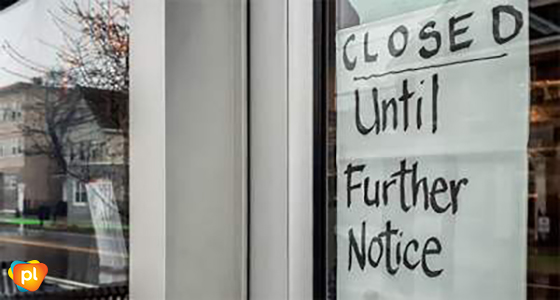
The first early-warning bells sounded in the Positive Life NSW office in January 2020, as mainstream news filtered in about an unknown pneumonia-like illness showing up in China. With the news coming hot on the heels of the Australian February bushfire crisis, it felt a little surreal to believe we were facing anything as serious as a worldwide epidemic. Yet by mid-March, the Positive Life staff team were directed to work from home until further notice. A short time later, physical-distancing restrictions were imposed across NSW as Australian borders were closed.
Like a cyclone, COVID-19 swooped its way into our lives, relationships and communities like nothing I have ever experienced before. As the Positive Life Housing Support Officer, within days I was forced to assess my work practices and adapt my intake, advocacy and support strategies. These were foremostly framed by health and safety considerations to prevent the spread of a little understood transmissible virus.
At first, many of our Housing Support clients wanted to continue our usual face-to-face contact and many expressed a desire to continue accessing the office in person. In the interests of protecting the health of other people living with HIV, my colleagues and my own health, client assessments, applications and advocacy support meetings had to be conducted by telephone, email or other online platforms like Zoom or Skype.
Applications, advice and other paperwork began to take longer to process. Some of our housing clients didn’t have access to the internet. Without access to email, I had to be inventive expediting paperwork that needed signatures while still ensuring the client’s confidentiality. Some of our housing clients did have internet access, yet without technology such as scanners or printers, they were reliant on conventional post which was also impacted by the increased demands from COVID-19. Everything just took longer. Processing applications between offices was time-consuming, documents required postage-paid envelopes, returns were slower.
At the time, I reflected on the minor to popular celebrities filling our social media feeds to share their iso tips and DIY-entertaining strategies to pass the time. The distinction of ‘home’ and ‘shelter’ stood in stark comparison from these privileged living spaces to… well…the bus stop shelter on the corner of Castlereagh and King Streets. I quickly realised that COVID-19 was not threatening everyone equally at all.
Many of my housing support clients living with HIV readily embraced self-isolation and physical lockdowns, whether from ignorance, fear or genuine risk of weakened immune defences and uncertain CD4 counts. For many of our clients living with HIV, the COVID-19 pandemic also echoed memories of another virus, which in the late-80s spelt certain death at the time. Others expressed surprise and some justifiable smugness about the public health messages of ‘testing’ and ‘treatment’ in the general population, only this time HIV was nowhere in sight.
In response to COVID-19, the NSW Department of Communities and Justice (DCJ), swiftly announced generous NSW government funding to address the risk of COVID-19 in the NSW homeless population. The goal was to offer existing homelessness services clients who are also eligible for priority social housing, accelerated pathways to secure stable housing in the private rental market. Extra resources were poured into temporary accommodation initiatives. Rough sleepers who were identified through assertive state-wide outreach patrols were offered an initial 30 days support to work towards a long-term housing outcome.
Four months later on 1 July, the ‘Together Home’ project was launched to support the transition of the state’s rough sleepers into stable accommodation in collaboration with community housing providers, specialist homelessness services and healthcare workers. For the first time, many rough sleepers, some of whom included people living with HIV, found themselves living in hotel or motel accommodation. Not all took up the offer. Long-term rough sleepers, with their high level of distrust of services, found it challenging to forego their regular personal space on the street for a few nights’ hotel accommodation. Many expected to return to the streets where their search for their ‘space’ and safe sanctuary would begin all over again. The adjustment from the street to temporary hotel accommodation and then the possibility of a property offer, becomes a complex logistical burden, affecting them socially and mentally. The simple notion of sleeping in a room with a closed door for example, was unbearable for at least one long-term rough sleeper who required one-on-one support to remain in the program.
Motivated by public health fear, the ‘Together Home’ project aims to end street sleeping by 2025. I can’t help wondering why it has taken a pandemic to prove we can make great inroads to solving homelessness. I am not the first housing advocate to observe this tremendous success or observe that what has seemed to be an impossible task has taken a little more than six months for our governments to prove they can actually do it.
With the push to rapidly move large numbers of people off the street into safer, less crowded spaces coupled with the cost of keeping people in motel or hotel accommodation, the turnaround period for property offers sped-up, as vacancy applications were fast-tracked. The down-side was on those people living with HIV who were already on the high-priority list for Social Housing, and continued to qualify as high-need. As vacant properties were taken up by these unexpected contenders, some people living with HIV who were counting on securing those properties were forced to resort to couch-surfing between friends. As the threat of COVID-19 increased, and people began to distance themselves out of self-protection, these opportunities started to dry up. These perceived rejections added extra strain on friendship and relationships at a time when COVID-fatigue was creeping in.
With the impact of COVID-19 on the usual café trade and service personnel sector, people on bridging visas, some of whom included people living with HIV, experienced a loss of employment. Not entitled to Centrelink benefits or the support from housing or crisis accommodation, this group of people have found themselves at considerable risk of homelessness, stranded with absolutely no support. As a housing worker, I have been regularly struck by the disparities in how COVID-19 affects different people in our community. For example, some of our rough sleepers and people in public or private rentals appear to have provisionally benefited from the epidemic.
With the temporary increases to Centrelink Economic Support Payments or Coronavirus Supplements which are excluded from rental calculations, there may have been some winners during this time. I remain concerned by the flip-side of this reality. Now that the pandemic seems to be becoming less of an issue, will these unmatched efforts continue or are we going to slip back to the status quo and abandon these worthwhile endeavours?
For people living with HIV already secure as social housing tenants, maintaining their tenancy during COVID-19 has pretty much been ‘business as usual’. Private, public and social housing providers are still engaging with tenants, albeit through a range of restrictions. With the bulk of social housing tenants using the telephone, this has created some delays, phone diversions and extended phone wait times. Restriction of personal access to Housing Offices have had a ‘knock-on’ effect of creating communication bottlenecks. As an advocate reliant on the phone to address Housing Department tenancy and property management, I have found a good portion of my time is spent on repeating information without a timely resolution. The resulting frustration and irritation is compounded for both the tenant and housing workers, knowing the entire process will need to be repeated again the next day without any guarantee of a solution.
As people living with HIV moved to the use of telehealth, either by phone or other online platforms such as Zoom or Skype, many have found it easier to keep to their scheduled engagements. No longer faced with the physical effort of leaving their home and travelling to the clinic or doctor’s office, some people living with HIV who may have been tempted to cancel their sessions have welcomed the simpler option of making the call and connecting with their healthcare provider from the comfort of their own home.
As the weeks have turned into months, the initial novelty of telehealth faded for other people living with HIV who already experience considerable social isolation or need extra mental health support during this time. These people living with HIV have realised they actually prefer the face-to-face in-person contact. The medical appointment at the local clinic or specialist’s office was something that got them ‘out of the house’ and into contact with others. Without this routine of medical travel, which is a significant activity for many people living with HIV living with multiple chronic comorbidities, the impacts on their mental health and social isolation has exacerbated their anxiety and depressive conditions.
Impacts of COVID-19 for elderly people living with HIV, who are in their late 60s and older, include increased challenges with physical access to groceries, food and maintaining nutrition. Presumably at a higher risk for COVID-19, they become reliant on the support of others to do their grocery shopping but also experience decreased social interaction with their communities, less physical and mental activity which has further detrimental impacts on their overall health.
With some curiosity, I have noticed an absence of any discussion about testing for COVID-19 by our clients or within the homeless or at-risk communities. Not one person mentioned to me they visited a clinic for a COVID-19 test, had been tested for COVID-19 or were thinking about getting a COVID-19 test. I also have not heard of a single individual from these communities who have tested positive for COVID-19. I wonder what this might say about the privilege associated with being able to test for COVID-19 or even be concerned about one’s own risk or infectiousness. I believe it takes a certain level of privilege to be able to engage in considerations of transmission, when the stressors of homelessness or being at-risk of homelessness, along with the immediate needs of food, shelter and safety eclipse all else.
The COVID pandemic has certain impacts on the entire Australian public and private housing sector. At times, I have noticed a certain intermittent fatigue and at times a factor of being ‘over-it’, both for myself and other housing workers. Nevertheless, I still see the same passion and commitment from my colleagues across the sector in these incongruous times, to protect the access rights of our clients to safe, comfortable, and appropriate accommodation. Faced with the disparate effects of an invisible health threat, the housing sector supported so far by governments, has proven what can be achieved when we pursue parity in this most fundamental of bedrock needs for human existence: a place to shelter.
This article ‘A tale of two viruses: HIV, Coronavirus and the state of shelter’ was originally written for and published in the November 2020 Council to Homeless Persons national publication, Parity, Vol 33, issue 10
One Comment
Comments are closed.

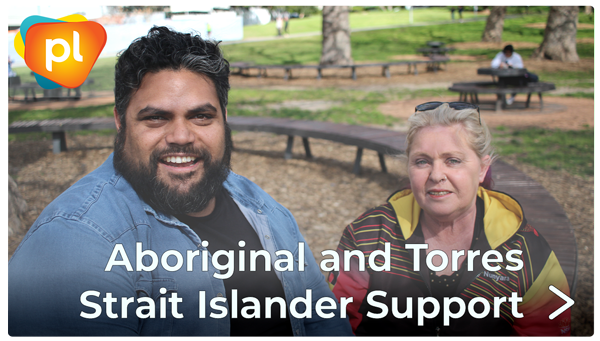

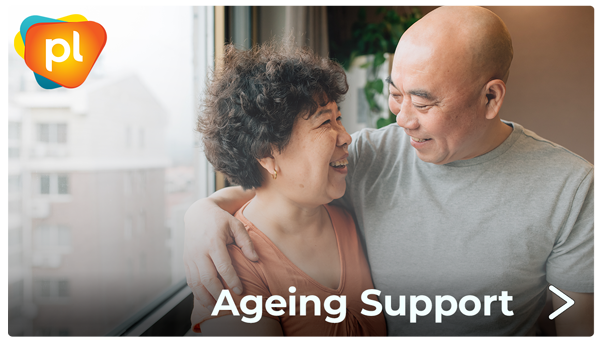
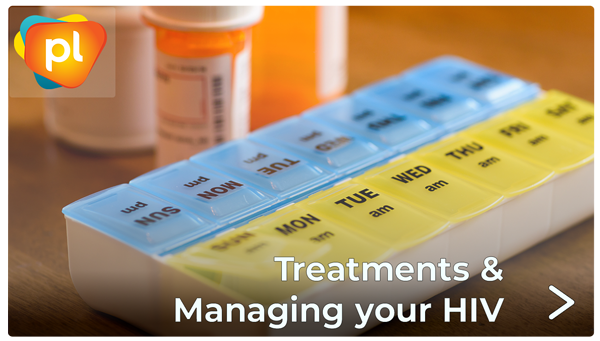
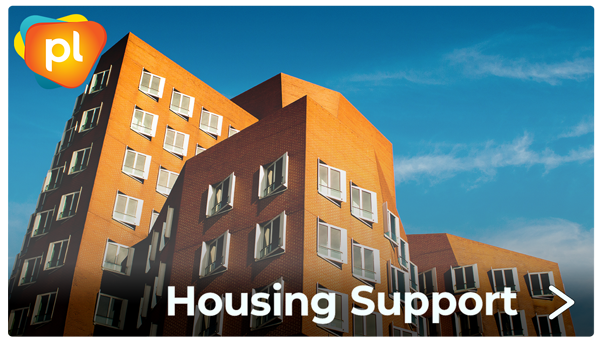

I appreciate this detailed report, thank you